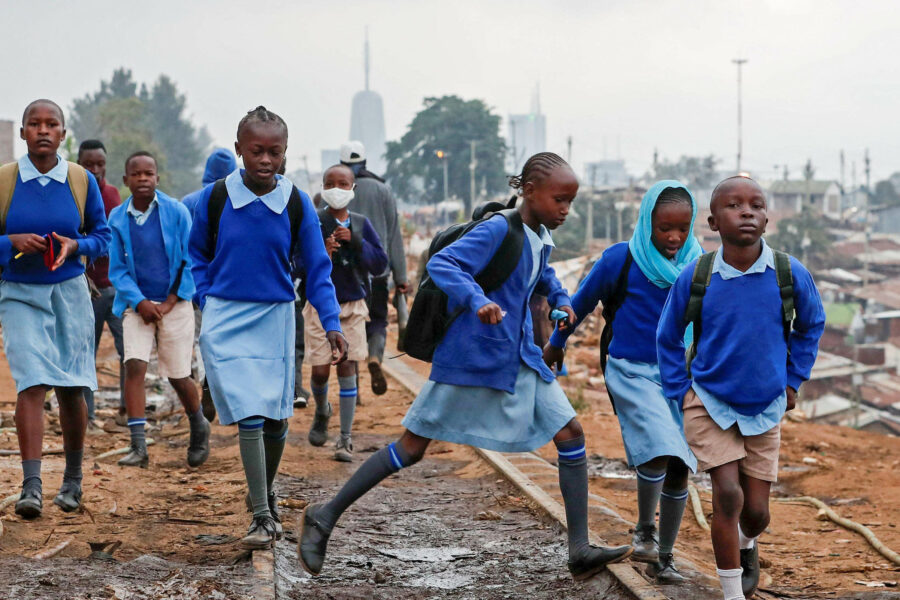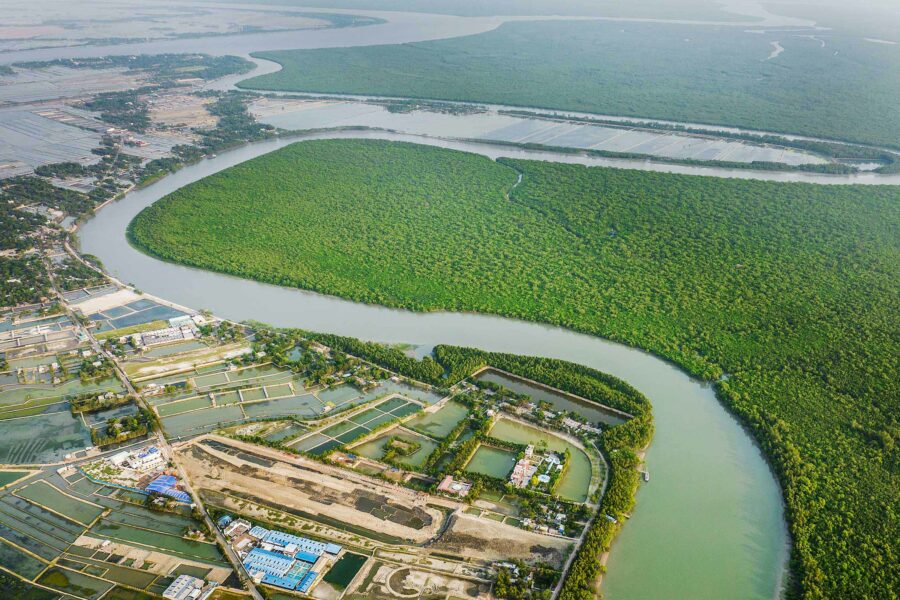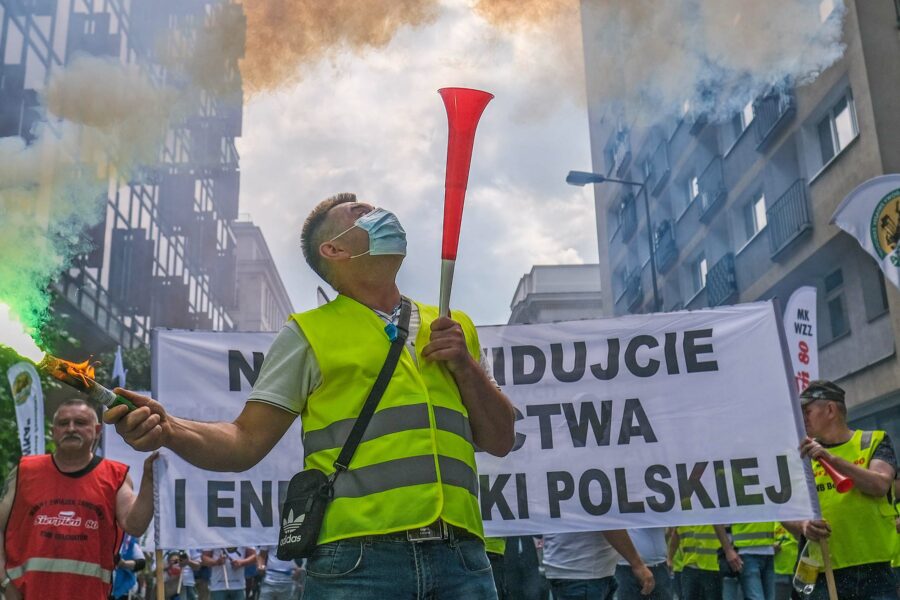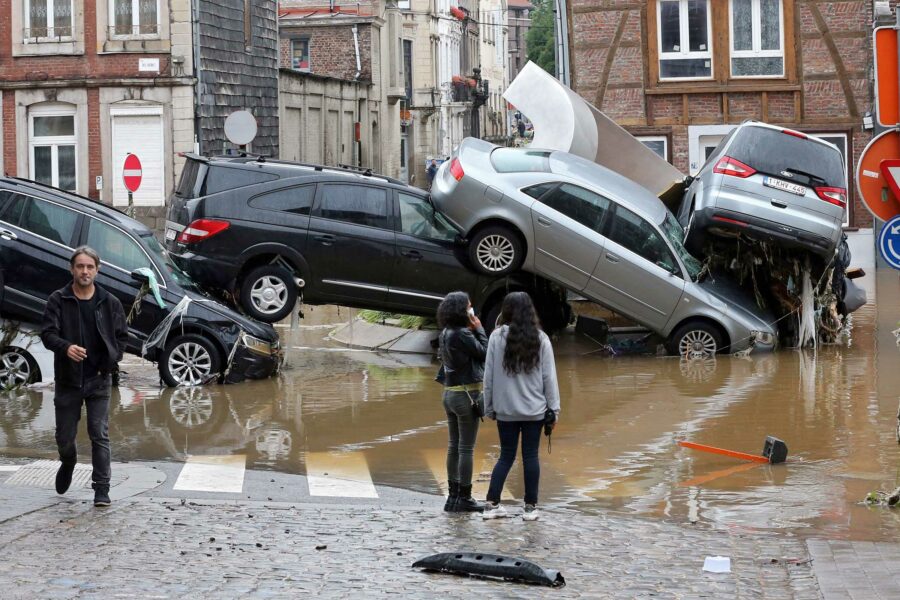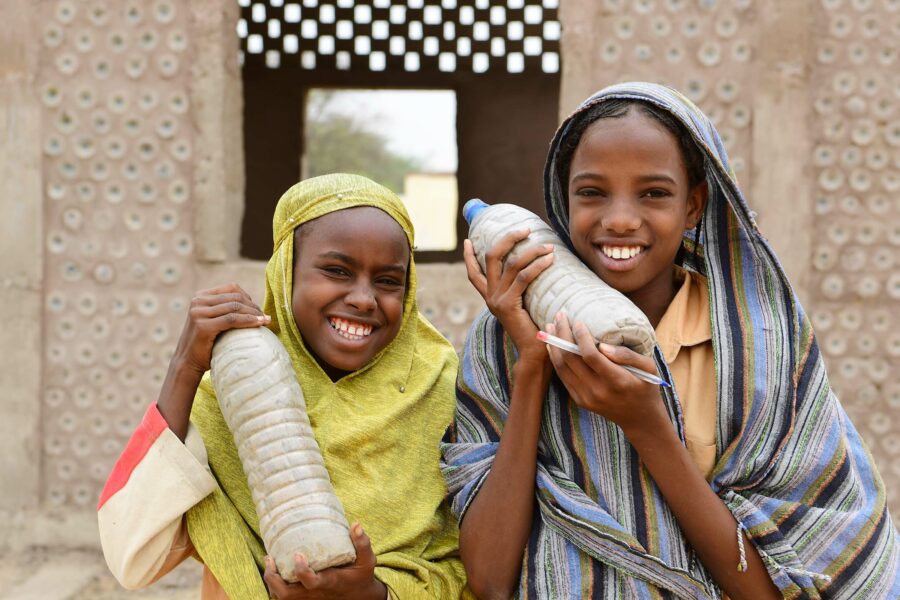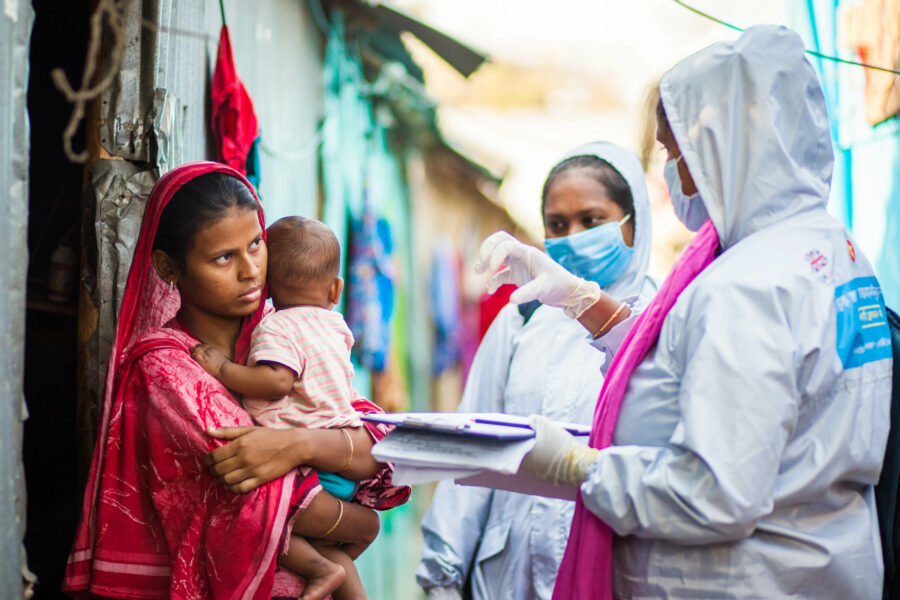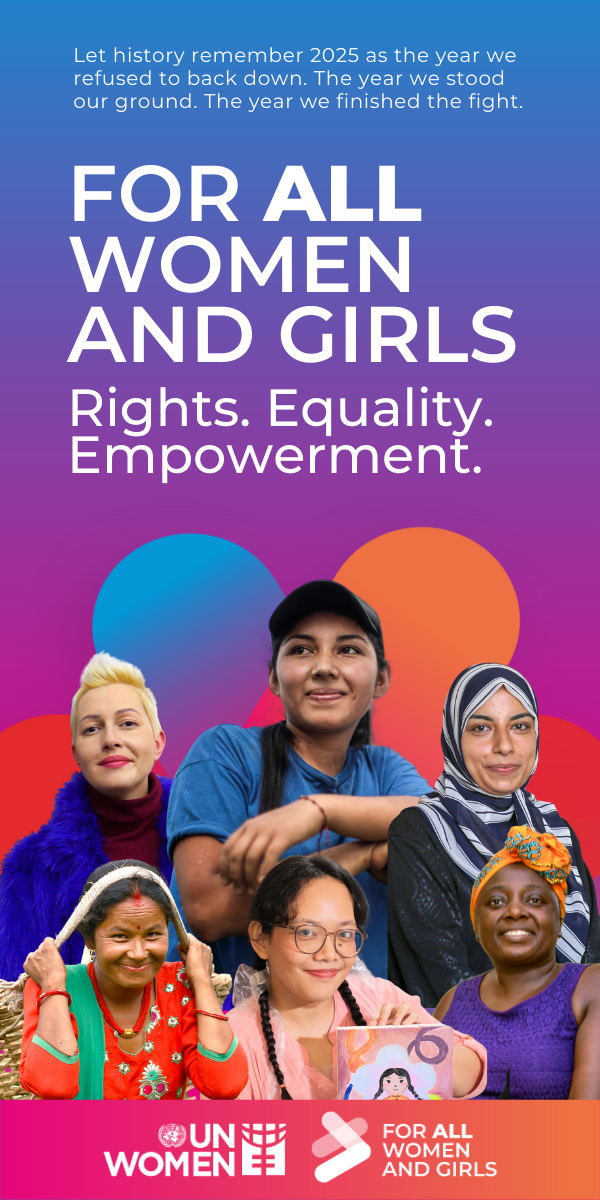Systemic inequalities mean lower-income countries are often sidelined when nations gather to set climate policy. Giving communities who suffer most from climate change a meaningful seat at the negotiating table is essential if we’re to steer an inclusive course on climate action


